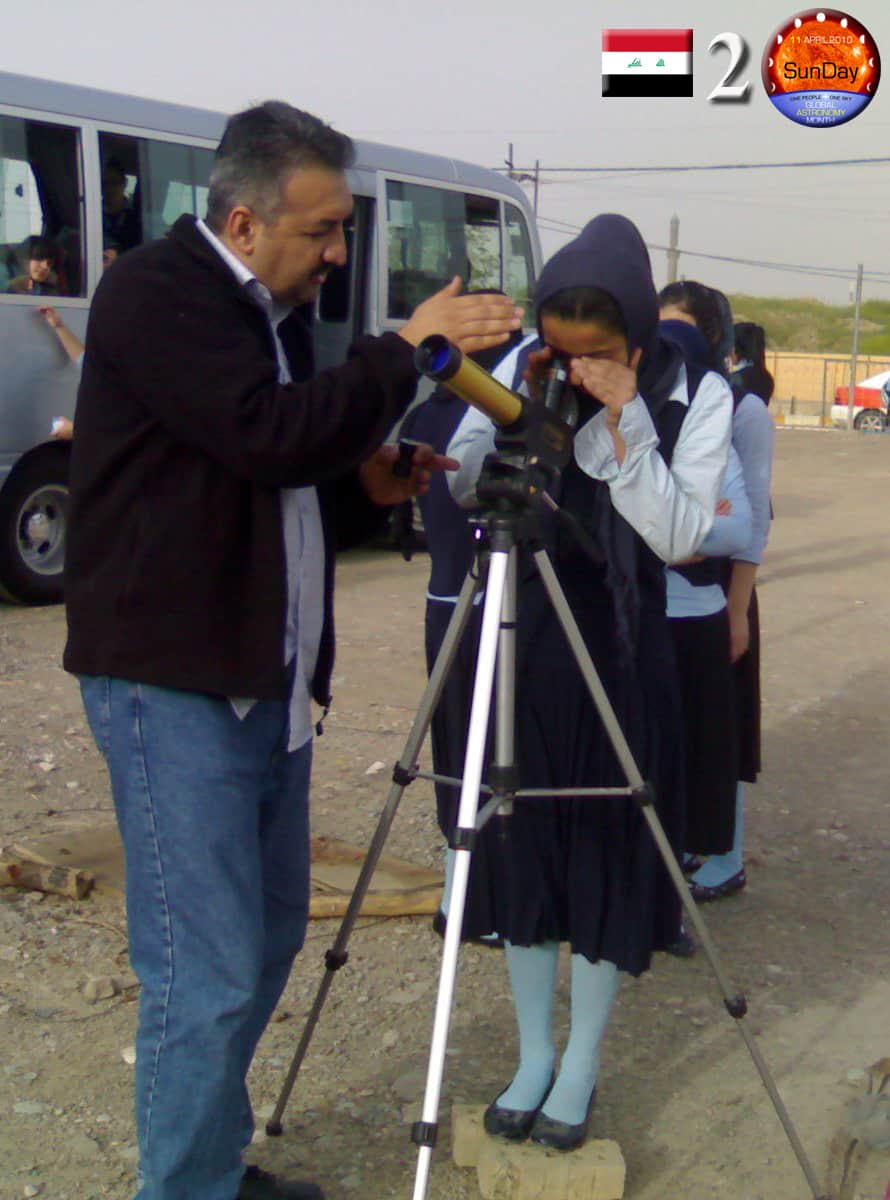
OF THE 2,000 OR SO STARS that are visible to the unaided eye (or would be, in a dark sky far from city lights), only a relative few are known by name. The brightest ones have names given to them many centuries ago, mostly by Greek, Babylonian, Roman, or Arab starwatchers—names full of history and lore, like Arcturus (Greek for “bear-guard”), Betelgeuse (Babylonian for “armpit”), Capella (Latin for “little she-goat”), and Deneb (Arabic for “tail”).
Probably no one star has a more celebrated history than Arcturus, and the name is even mentioned in the Bible, in the book of Job. Arcturus is the fourth-brightest star in the entire sky (after Sirius, Canopus, and Alpha Centauri), and is easily visible in our city sky. This golden-orange star can be seen high in the east in the early evening, the brightest object to be seen in that area. The best way to find it is to look for the curving handle of the Big Dipper, now high in the northeastern sky, and then “arc to Arcturus”—extend the dipper’s curve southward until you come to a bright star, which will be Arcturus.
To help in pinning down the locations of stars, the ancients created constellations, and they placed Arcturus in the constellation of Boötes, the Herdsman. Boötes is just south of the constellation of the Big Bear (of which the Big Dipper is a part)—and Arcturus’ name is derived from the ancient Greek arktos, bear, and rus, guard. One can imagine this bright star protecting the Herdsman’s lambs from the ravages of the Great Bear of the north.
I love to watch for the return of Arcturus to our evening sky each year, because it is the surest sign of spring. This star is also a part of my memories of early childhood, when I lived with my grandparents on the grounds of Yerkes Observatory in southern Wisconsin.
When Chicago’s “Century of Progress” World’s Fair opened in May 1933, the giant 40-inch refractor telescope at Yerkes Observatory was pointed to Arcturus, and the star’s light, shining on a photocell, tripped a switch that turned on the fair’s lights. The idea was to open the 1933 fair with a beam of starlight that had left its parent star 40 years earlier, in the year of the previous Chicago World’s Fair—the 1893 Columbian Exposition.
It was an intriguing idea, and Arcturus was chosen because it was thought to be 40 light-years from Earth. Later, more accurate measurements showed the star’s distance to be actually a little less—36 light-years, or about 200 trillion miles—but the point was well made, and the event became an enduring footnote in the history of astronomy.
Two hundred trillion miles. When I reflect on the long emptiness of the space between us and the stars, I experience a profound and lonely sense of how far apart things are. Could a photon of light, I wonder, have any awareness of all the empty space it has passed through?
VERY FAR FROM HOME
In the May evening,
Could a photon be lonely,
So far from its home?
Out from Arcturus
200 trillion long miles,
And no turning back.
Poem Copyright 2010 by Robert L. Eklund.
You can contact Bob Eklund at [email protected], or visit his website at www.bobeklund.com.





Be the first to comment